5 Comments
The frilled shark (Chlamydoselachus anguineus) is one of two extant species of shark in the family Chlamydoselachidae, with a wide but patchy distribution in the Atlantic and Pacific Oceans. This species is found over the outer continental shelf and upper continental slope, generally near the bottom, though there is evidence of substantial upward movements.
El tiburón anguila (Chlamydoselachus anguineus) es una de las dos especies existentes de tiburones en la familia Chlamydoselachidae, con una distribución amplia pero irregular en los océanos Atlántico y Pacífico. Esta especie poco común se encuentra en la plataforma continental exterior y la parte superior del talud continental, por lo general cerca del fondo, aunque hay evidencias de movimientos hacia menores profundidades. Photos: Kelvin Aitken/ Marine Themes Source: wiki North Carolina-based artist Yumi Okita creates beautiful textile sculptures of moths, butterflies, and other insects with various textiles and embroidery techniques. The pieces are quite large, measuring nearly a foot wide and contain other flourishes including painting, feathers, and artificial fur.
Source: thisiscolossal.com
Open your eyes to more of the world’s wonders, the world is full of amazing places, but since they're not all so easy to get to, here are some pics of some awesome places all over the world. Shiprock, New MexicoDoor to Hell, TurkmenistanThe Champagne Pool, Waiotapu, New ZealandThe Seven Giants, Siberia, RussiaAngel Falls, VenezuelaThe Great Blue Hole, BelizeSource: www.redbull.com
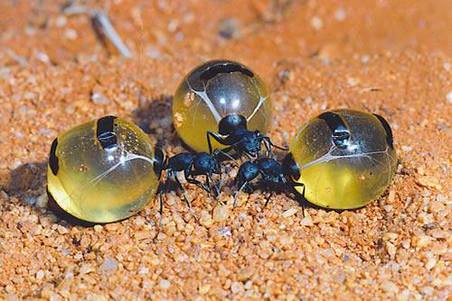 Photo: Author Unknow vía The Insect World Photo: Author Unknow vía The Insect World Honey Ants are found in the Western Desert of Australia. They have adapted to their environment and developed an unusual method of storing food. The ants harvest honey dew, a by product of the digestion of Aphids. The Aphids suck the sap from trees and produce sweet honey dew liquid which they secrete. The ants use their antenna to stimulate the aphids to release this liquid. A symbiotic relationship has developed between the aphids and ants with the ants looking after the aphids in order to maintain their harvest of honeydew. The ants feed the excess honeydew to a special type of worker ant called repletes who stores the Honey Dew in their abdomens which can swell to the size of a small grape. The repletes hang from the ceiling of the hives underground and in times when food stores run low they are able to provide food for the colony. The Aboriginal tribes of the Western Desert dig into the ant colony’s to find the ants hive and to eat their honey, which is considered a delicacy. Source: The insect world
|
Blog Archive
|
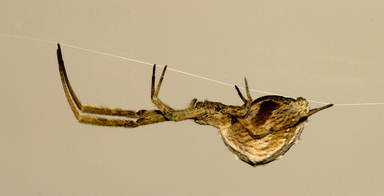
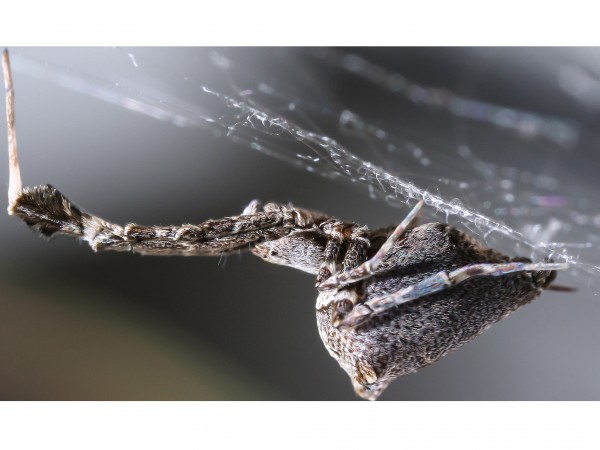
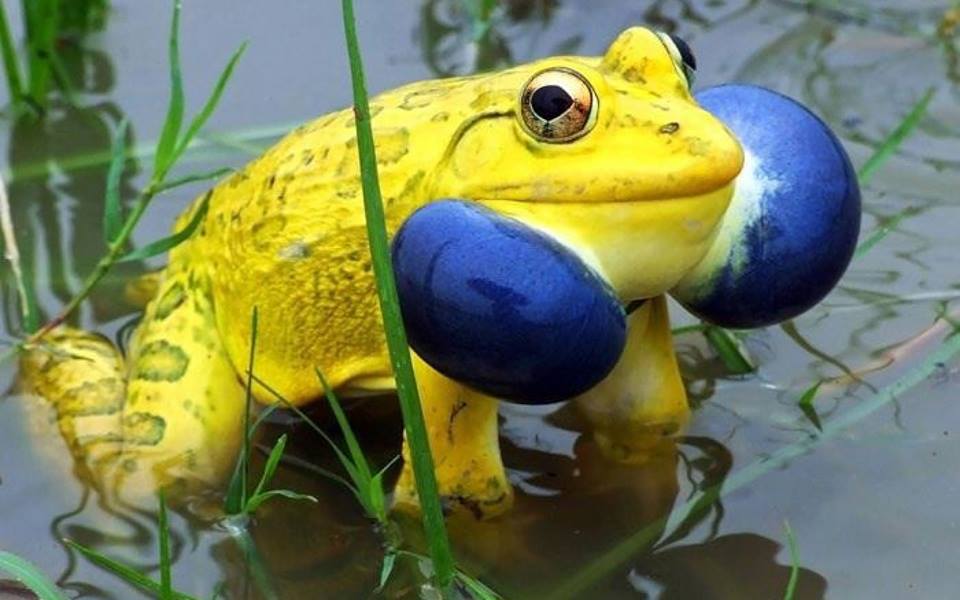
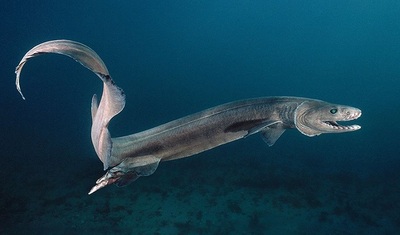
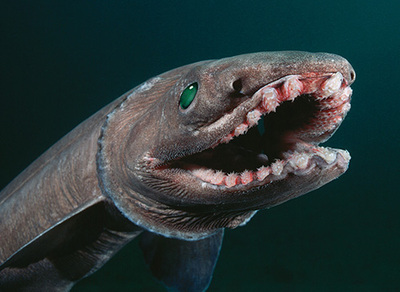
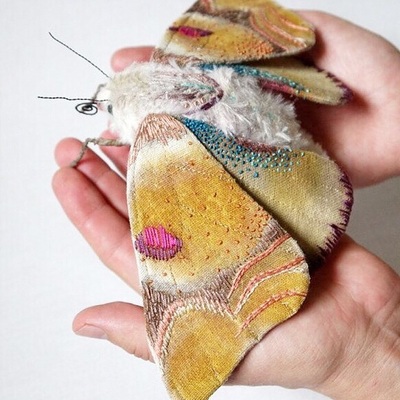
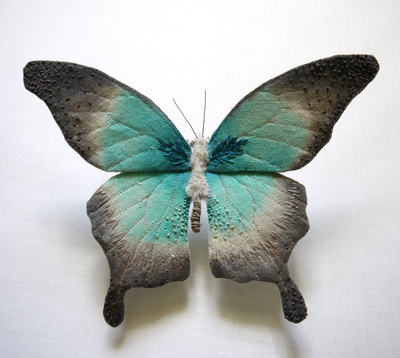
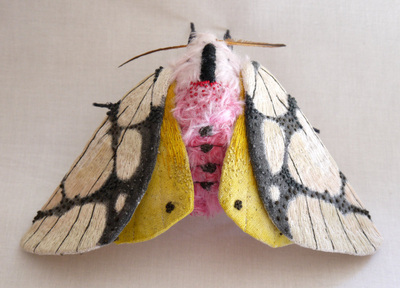
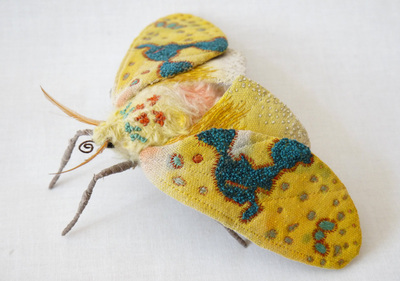
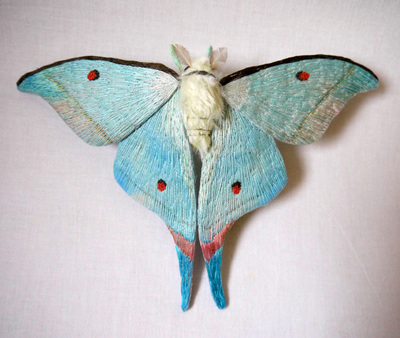
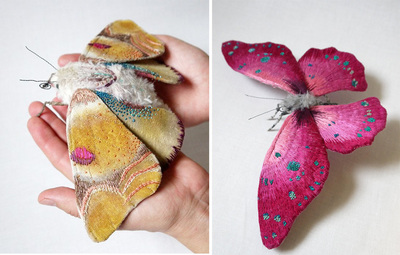
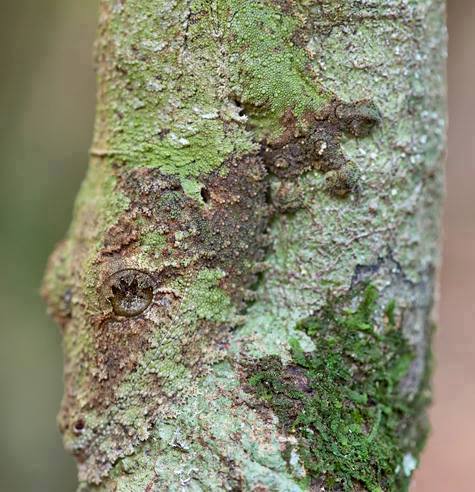


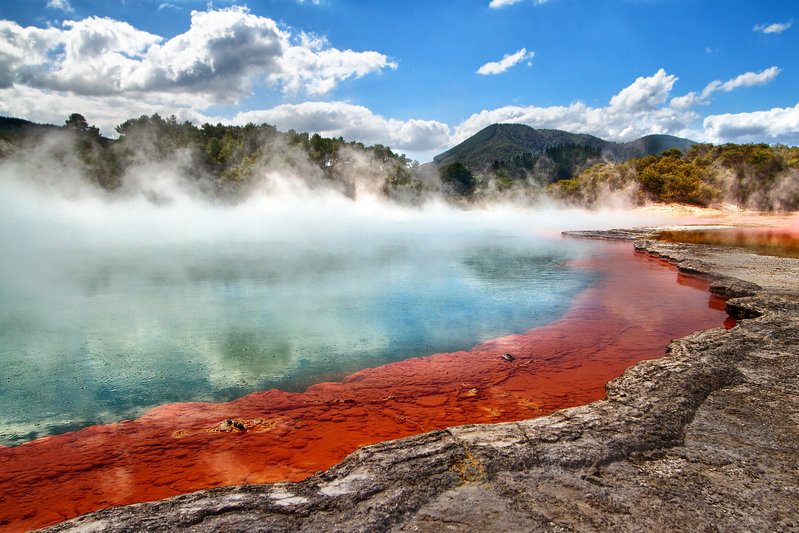

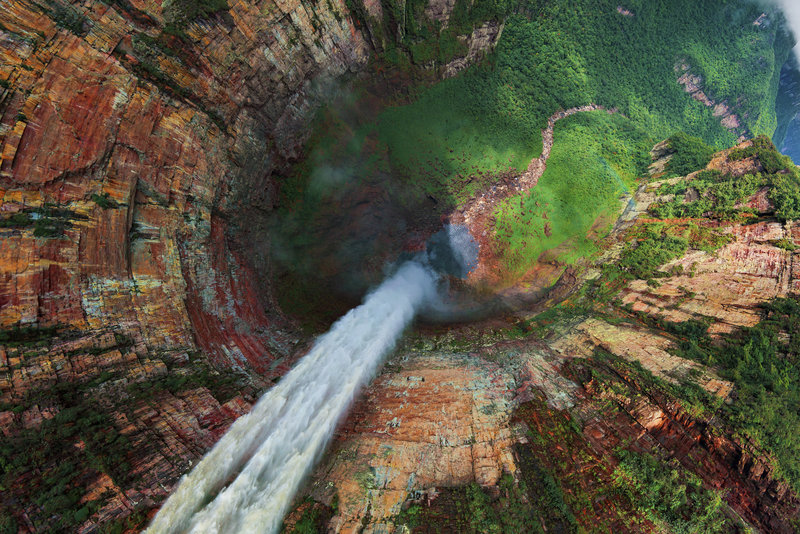
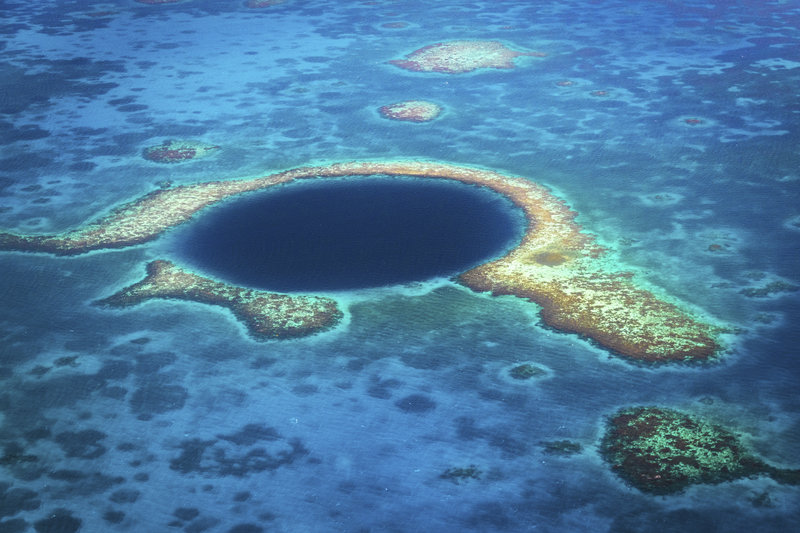
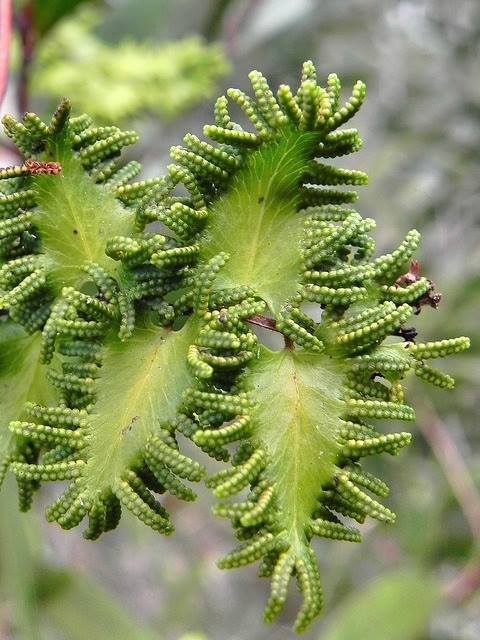
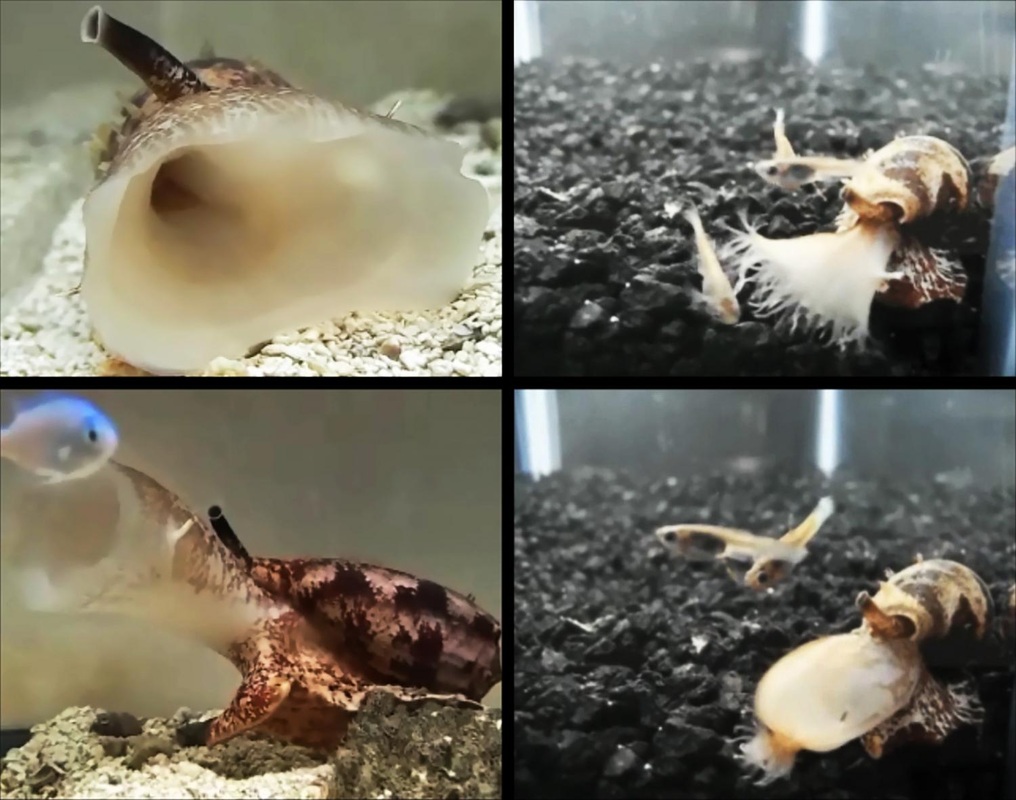
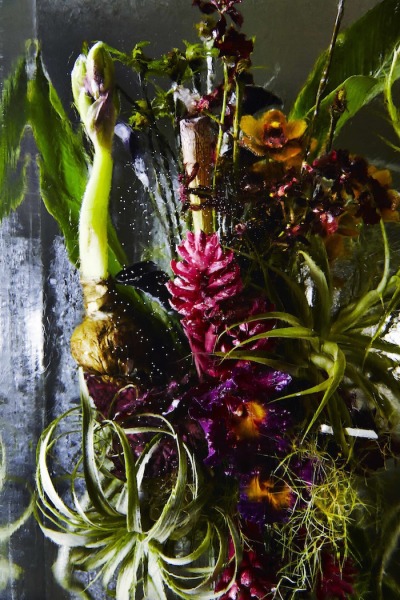
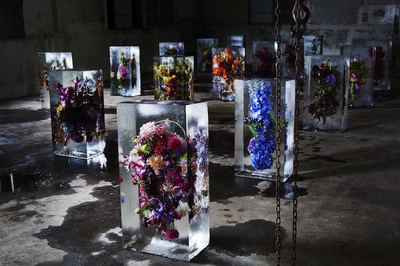
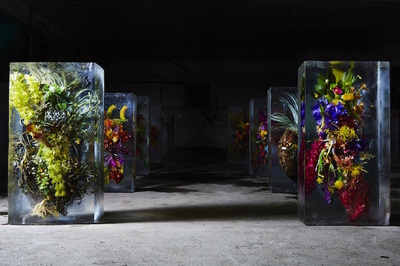
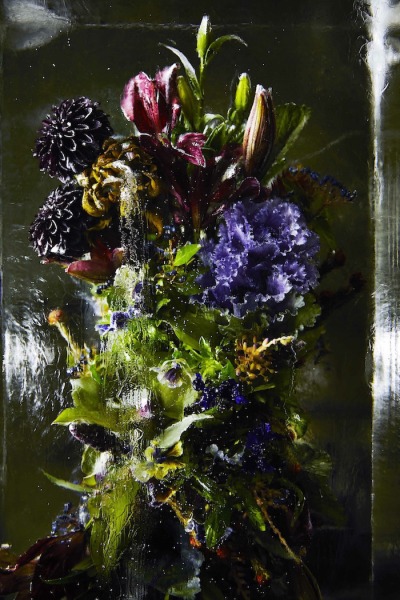
 RSS Feed
RSS Feed
